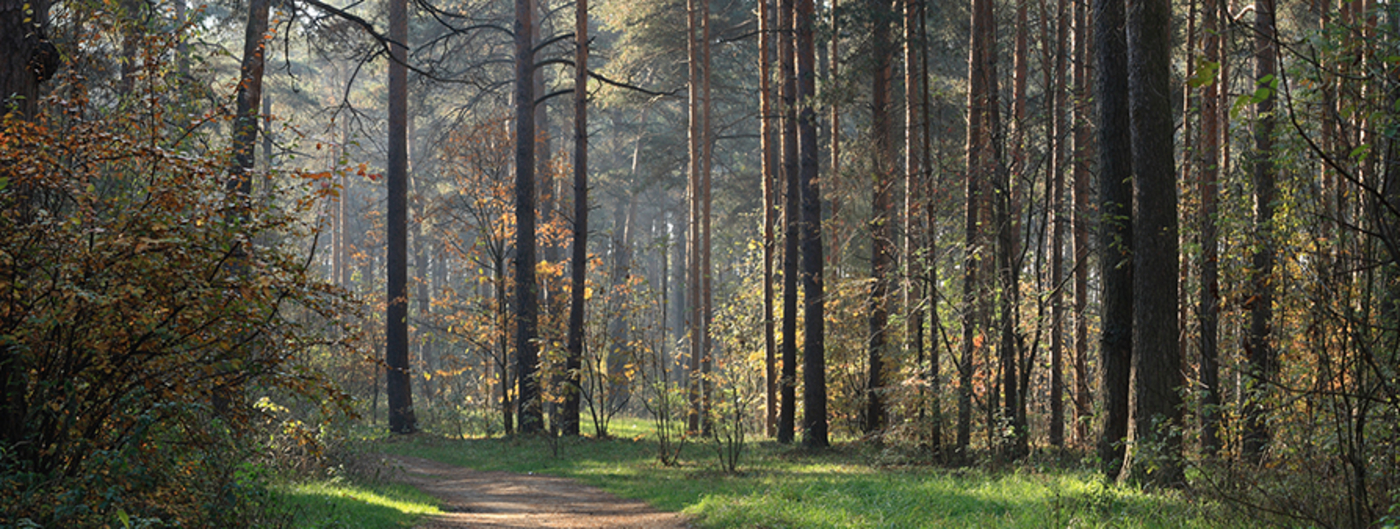A will, trust or limited liability company is not enough for the successful transfer of your land to the next generation. Two elements are needed for a successful transfer of your woodland between one generation and the next:
- A common family vision.
- A legal structure to carry out the vision.
Developing a common vision
Family members involved in successful transfers have clearly communicated their vision, goals and feelings about the land with each other. They meet to discuss and revise their vision and put in place a process that leads to the transfer of land.
Include everyone
Families that are successful at land transfers involve children and grandchildren in discussions and hands-on activities on the woodland. Activities may include hunting, tree planting, pruning and thinning trees. Sharing such activities helps the family develop a common vision. It also develops the heir’s skills in caring for the land.
Talk about it
A discussion activity that can be used to help families learn about each others’ viewpoints is the heirloom scale.
- On a large piece of paper, draw a line.
- At one end of the line, write “Money.” At the other end, write “Priceless Heirloom.”
- Ask each family member to think about where along the continuum between money and priceless heirloom they place themselves.
Each person then takes turns discussing why they positioned themselves at their selected point. This discussion helps establish what each person in the family values about the woodland in question. This activity can be done year after year. Family members’ attachments change with changing circumstances.
Carrying out the vision
Once a family has a common vision and goals for the property, a legal means to transfer the property can be put into place.
Property is often held by a husband and wife team. They may transfer it to many owners. This thrusts the next generation into a partnership involving the land.
Wills, trusts and limited liability companies (LLC) are examples of legal tools used for land transfer. These may be used individually or in combination.
The Limited Liability Company provides families with flexibility to define roles for each person in the company. It is also a means to minimize estate tax implications. Each states’ laws regarding this structure vary, so consult with an attorney to customize this structure to fit your needs.
A family that has discussions about the future of the property, and that works together to develop and implement a plan, is more likely to succeed than a family that leaves the heirs or the state to decide distribution issues after an owner's death.
We’re here to help
University of Minnesota Extension has developed a workshop that addresses intergenerational land transfer issues. This class gives you the tools you need to succeed in planning for the transfer of titled and non-titled property related to the ownership of woodlands. All family members are encouraged to participate in the workshop.
Learn more about the Intergenerational Land Transfer Workshop.
Reviewed in 2019


